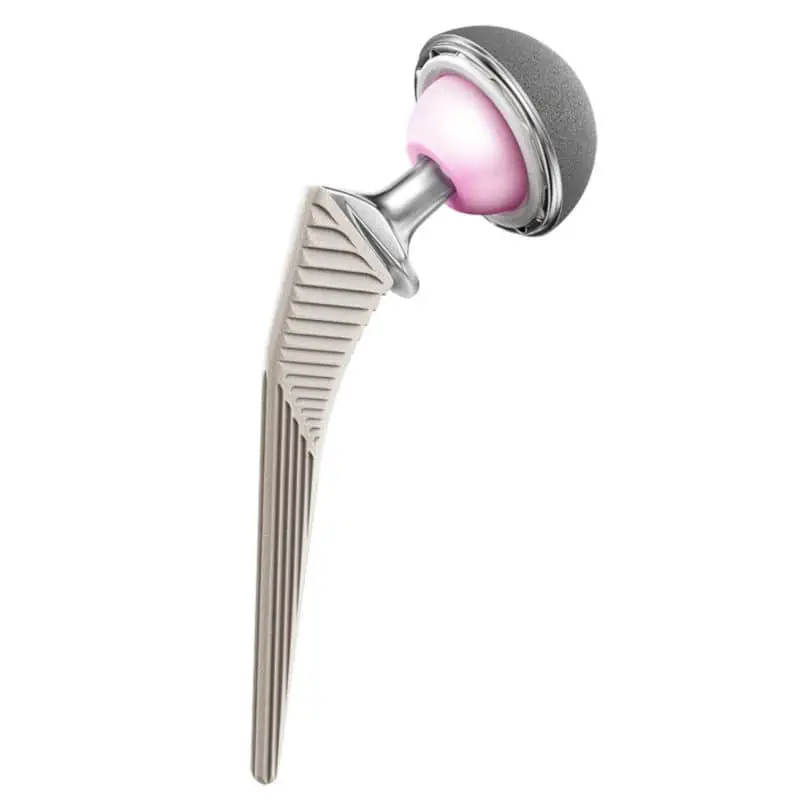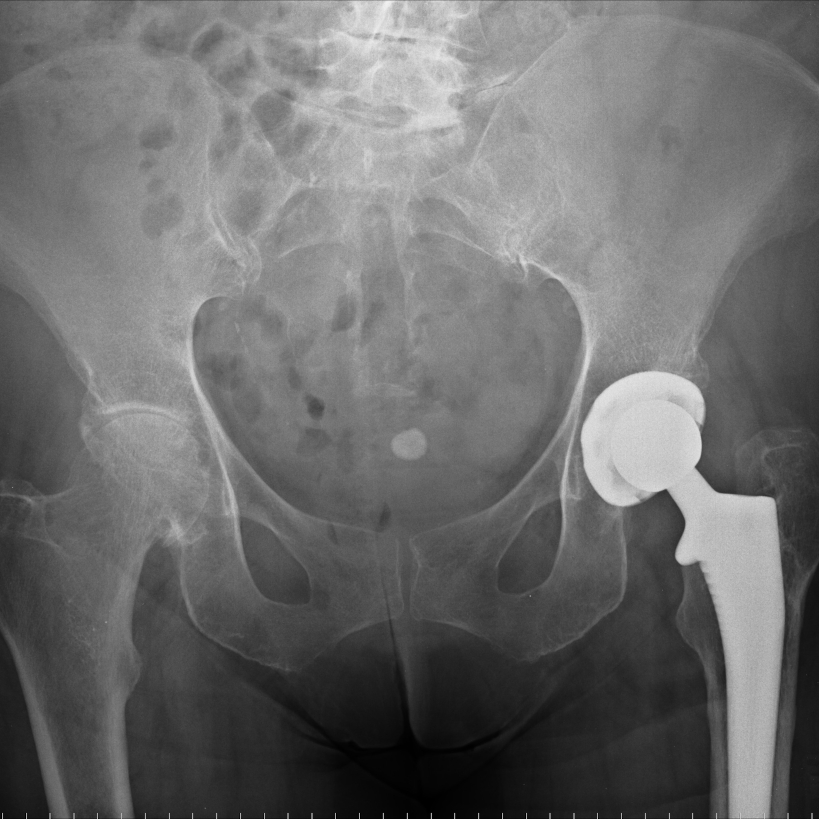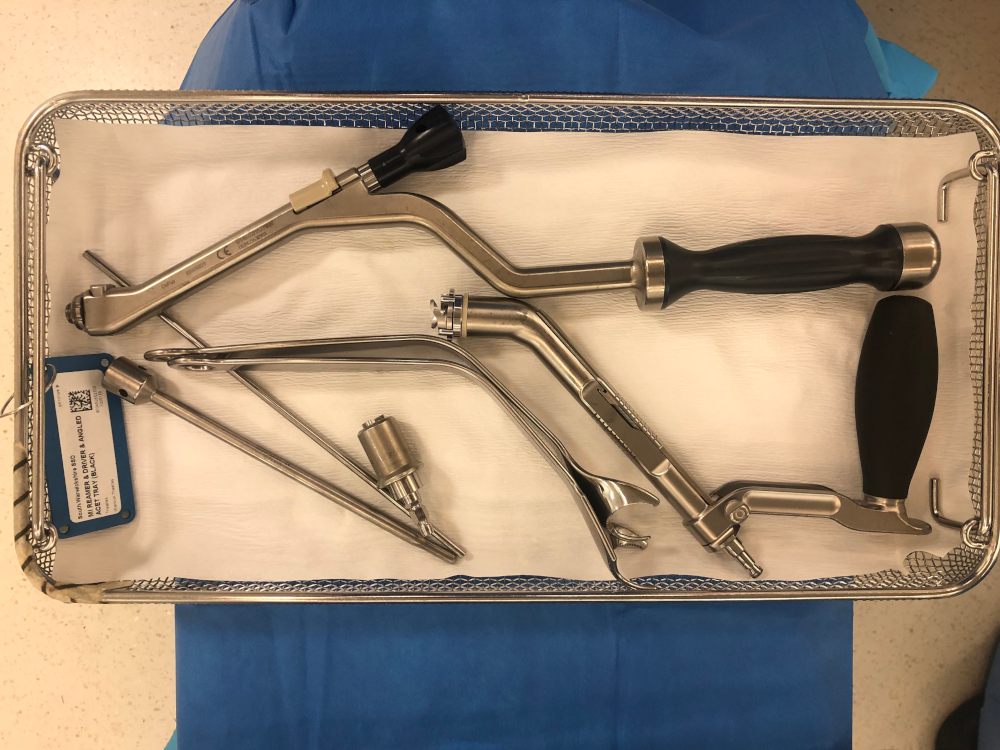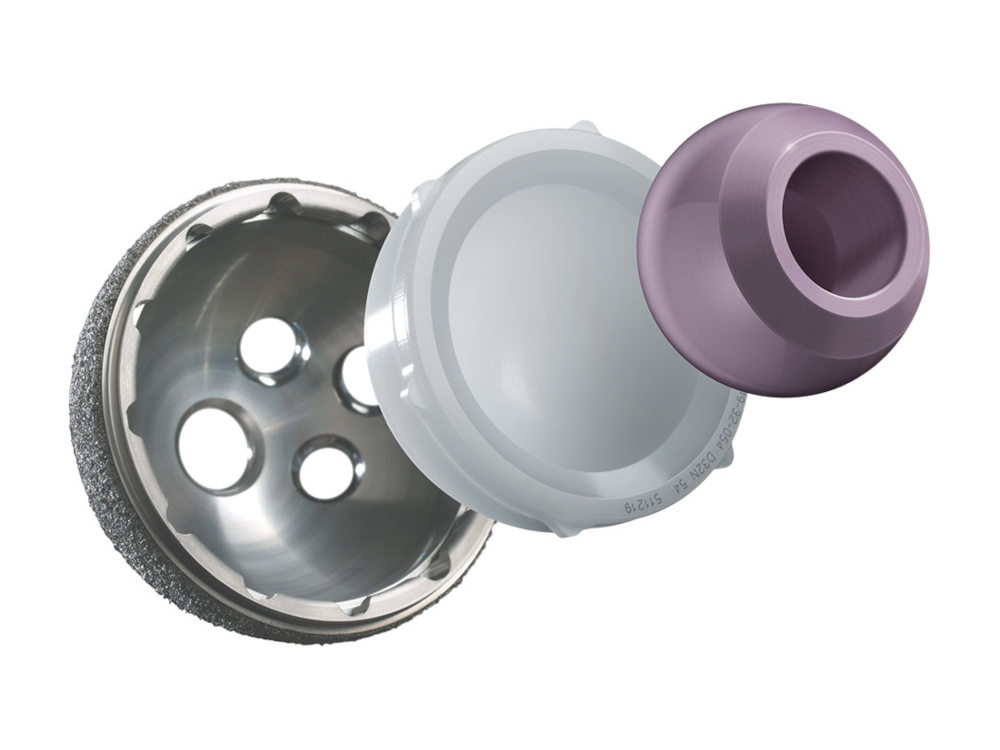What’s New In Hip Surgery?


Innovations in surgery are happening all the time and it is important to know what new techniques are available if you are considering hip surgery. These are some of the hot topics related to hip replacements. I recommend that you discuss them with me to get the best outcome from surgery.
Enhanced recovery
Gone are the days when patients spent two weeks in hospital following surgery. Now some patients go home the same day after hip replacement. Prolonged bed rest puts patients at risk of deep vein thrombosis (blood clots), pressure sores and chest infections. I therefore encourage patients to be up and about (under the supervision of a physiotherapist) as soon as possible after surgery. Minimally invasive techniques mean the hip is stable to walk on immediately after surgery. Patients are amazed how quickly their chronic arthritic pain is relieved and once the discomfort from surgery has resolved, it is often a new lease of life. Anaesthetists recommend spinal anaesthesia (an injection in the back to numb the hip and legs for surgery) and selected medications to reduce bleeding, infection and blood clots. This enhanced recovery pathway allows for an early discharge from hospital and a quicker return to full activity.

Minimally invasive surgery
There are many ways to implant a hip replacement. You may have read about the SuperPATH, anterior approach or mini posterior approach online. The main differences are which muscles are cut or split to get the hip replacement into the bone. Although the choice of approach makes little difference to the long-term outcome of the surgery, it is always beneficial to damage as little tissue as possible when performing the surgery. I use specialist minimally invasive equipment to reduce the size of the incision and minimise damage to muscles and tendons. This, along with enhanced recovery techniques, allows patients to be mobile very quickly after surgery.

High performance implants
The original hip replacements were cemented into the bone. Newer, uncemented, implants have artificial bone coatings (Hydroxyapatite) which bond into the skeleton and form a strong, long lasting fixation. Also, the original hip replacements used metal and plastic bearings that would wear out with time. Newer ceramic bearings are extremely hard wearing and can last longer than traditional bearings. This can sometimes be as long as 25 years. Therefore, I recommend patients who want to be active have a Corail / Pinnacle (manufactured by DePuy) uncemented hip replacement with a ceramic on highly cross linked polyethlyene bearing.
With a combination of enhanced recovery pathways, minimally invasive techniques and high-performance implants I strive to get patients back to full activity as quickly as possible.